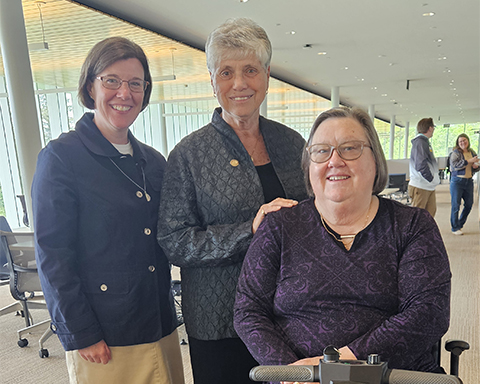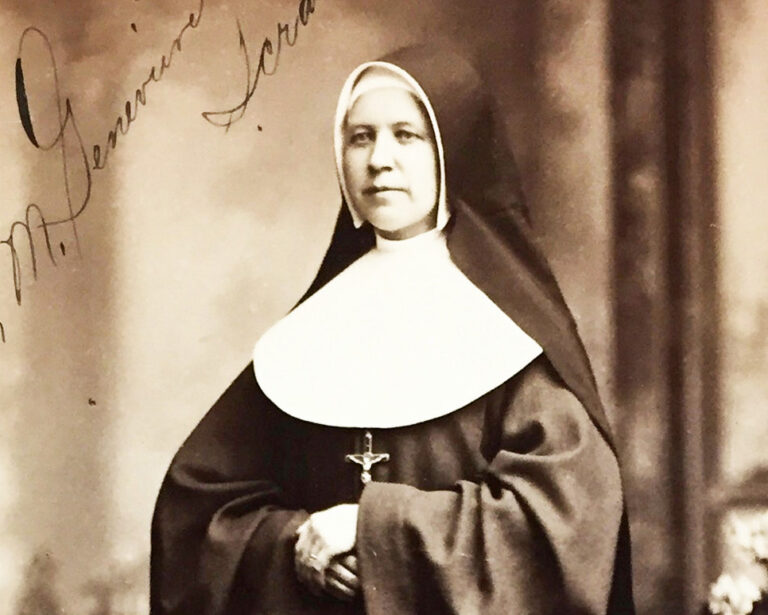Mother Theresa Maxis Duchemin
The Beginning of the IHM Story
Paradox of Heritage
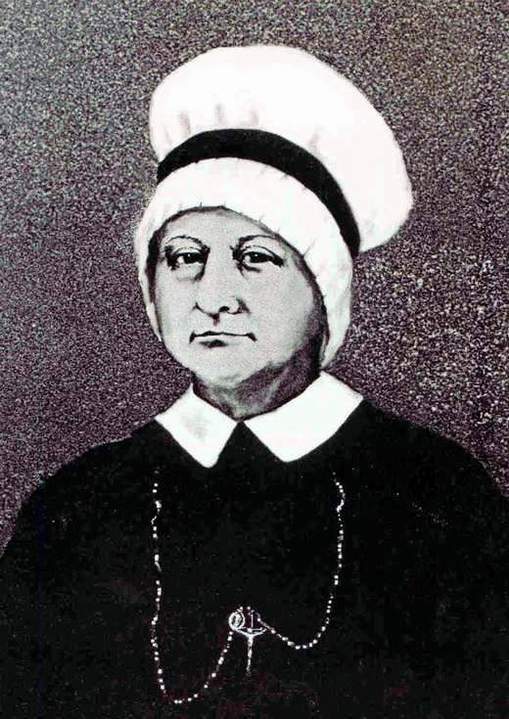
Mother Theresa Maxis’ life from the beginning was paradoxical, a contrast of advantage and liability which amazingly combined to create a determined and responsive personality and ultimately, a resourceful and dynamic leader. Born of unwed parents and of mixed racial lineage into a society that held both conditions in contempt, she nevertheless received a rearing and education far superior to most women of her time, attributed to the kindness of her adoptive family, the Duchemins. Through them she was immersed in the French language, culture and heritage. These resources were pivotal in the development of her life and provided her with the key to open doors otherwise closed to her.
Prophet of the Vision
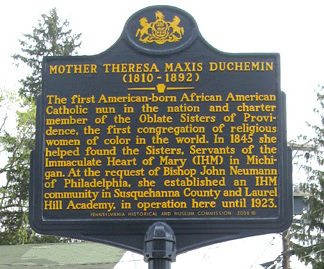
At age 19, Theresa became a founding member of the Oblates of Providence, the first congregation of women religious of color in the world. In this Baltimore-based congregation, she served as superior general and assistant to the superior general. During this time, she met Father Louis Florent Gillet, a Redemptorist who was seeking to establish a congregation in Monroe, Michigan to teach the French immigrants, especially Catholic French Canadian girls. In 1845, she left the Oblates and set out for Monroe where with Father Gillet she founded the Sisters, Servants of the Immaculate Heart of Mary.
In 1855, the young, developing congregation lost the supporting presence of the Redemptorists at Monroe. Their departure was especially distressing to Mother Theresa because the congregation’s Rule had not yet been completed in the Alphonsian tradition. Three years later, desiring to expand the mission of the young congregation, and finding no opportunities in Michigan, Theresa accepted the invitation of Bishop John Neumann, C.Ss.R. to serve in what was then the Diocese of Philadelphia. Mother Theresa hoped not only to see the mission of the congregation increase but also to have the rule completed by the Redemptorists. Thus, it was in the town of St. Joseph in the Chocounut Valley, Susquehanna County that the first Pennsylvania mission was established.
In less than a year, another invitation came from Bishop Neumann to open a mission at Reading. Mother Theresa was eager to accept this new mission. Bishop Lefevre, however, refused to allow her to open a second Pennsylvania foundation. Having made known her disappointment and distress at the bishop’s ruling, she was reprimanded by him, relieved of her position as superior general, and told to leave Monroe for St. Joseph’s. When Mother Theresa and some of her Redemptorist friends corresponded with the sisters in Monroe, urging them to leave Monroe and come to Pennsylvania, Bishop Lefevre angrily severed the congregation into two separate foundations.
Pilgrim of the Dream
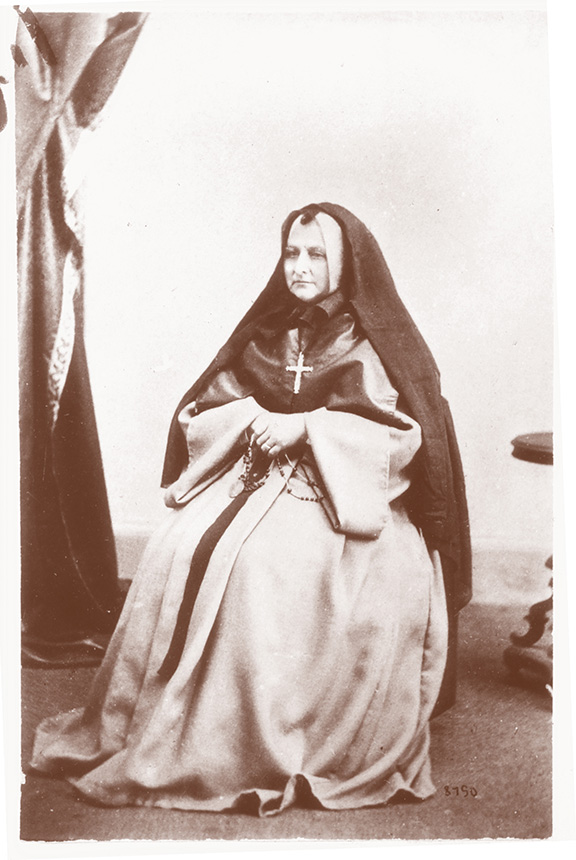
Although the missions in Pennsylvania flourished and became the two great foundations of the East, Immaculata and Scranton, Mother Theresa grieved the separation of the sisters in Pennsylvania from the Motherhouse in Monroe. Her efforts to effect a reunion were to no avail. Thinking that she may be the obstacle to reunion, Mother Theresa decided to go into voluntary exile. Having already had sympathetic support from Sister Elizabeth Bruyere of the Grey Nuns of Canada, she and her friend Sister Celestine left Susquehanna in January 1867 and arrived at the Grey Nuns Convent in Ottawa on February 2. During her years in Ottawa, Mother Theresa remained simple a guest of the Grey Nuns; she always considered herself a member of the Sisters, Servants of the Immaculate Heart of Mary.
In January 1868, when Mother Theresa was given an opportunity to establish a mission in New Orleans, she and Sister Celestine decided first to seek readmission to Monroe, and only if this failed, to go to New Orleans. It was Bishop Lefevre’s decision that Sister Celestine be permitted to return, and Mother Theresa be denied that privilege. Instead of continuing to New Orleans, she journeyed to Susquehanna to seek permission for readmittance. By this time, Susquehanna was a part of the newly formed Scranton Diocese and it was Bishop O’Hara’s permission that was needed. He deemed it not within his jurisdiction to permit her return. Having been rejected by several congregations in Baltimore, Mother Theresa finally wrote to Mother Bruyere in Ottawa, seeking to return to that congregation. On January 7, 1869, she was again welcomed by the Grey Nuns.
Mother Theresa continued to live with the Grey Nuns until January 21, 1885 when after successful appeals to the Archbishop of Philadelphia on her behalf, she arrived at the Westchester IHM Motherhouse in 1885. Mother Theresa lived peacefully for the last seven years of her life in the Congregation she founded. She entered eternal life on January 14, 1892.

Learn more
Learn more about the life of Theresa Maxis by reading Paths of Daring Deeds of Hope, the fascinating collection of letters by and about Theresa, edited by Sr. Margaret Gannon, IHM. The second edition of the book is available on Amazon.

